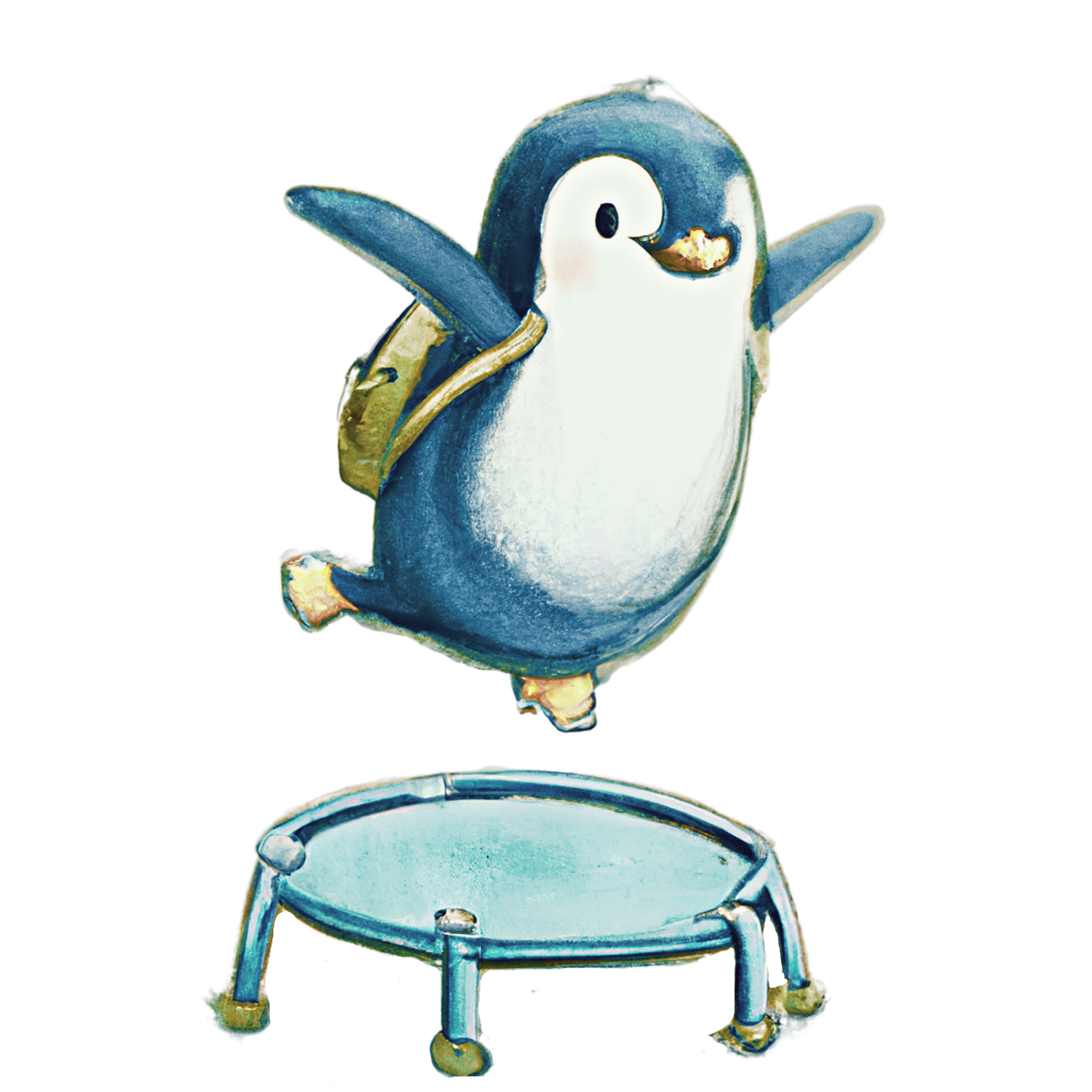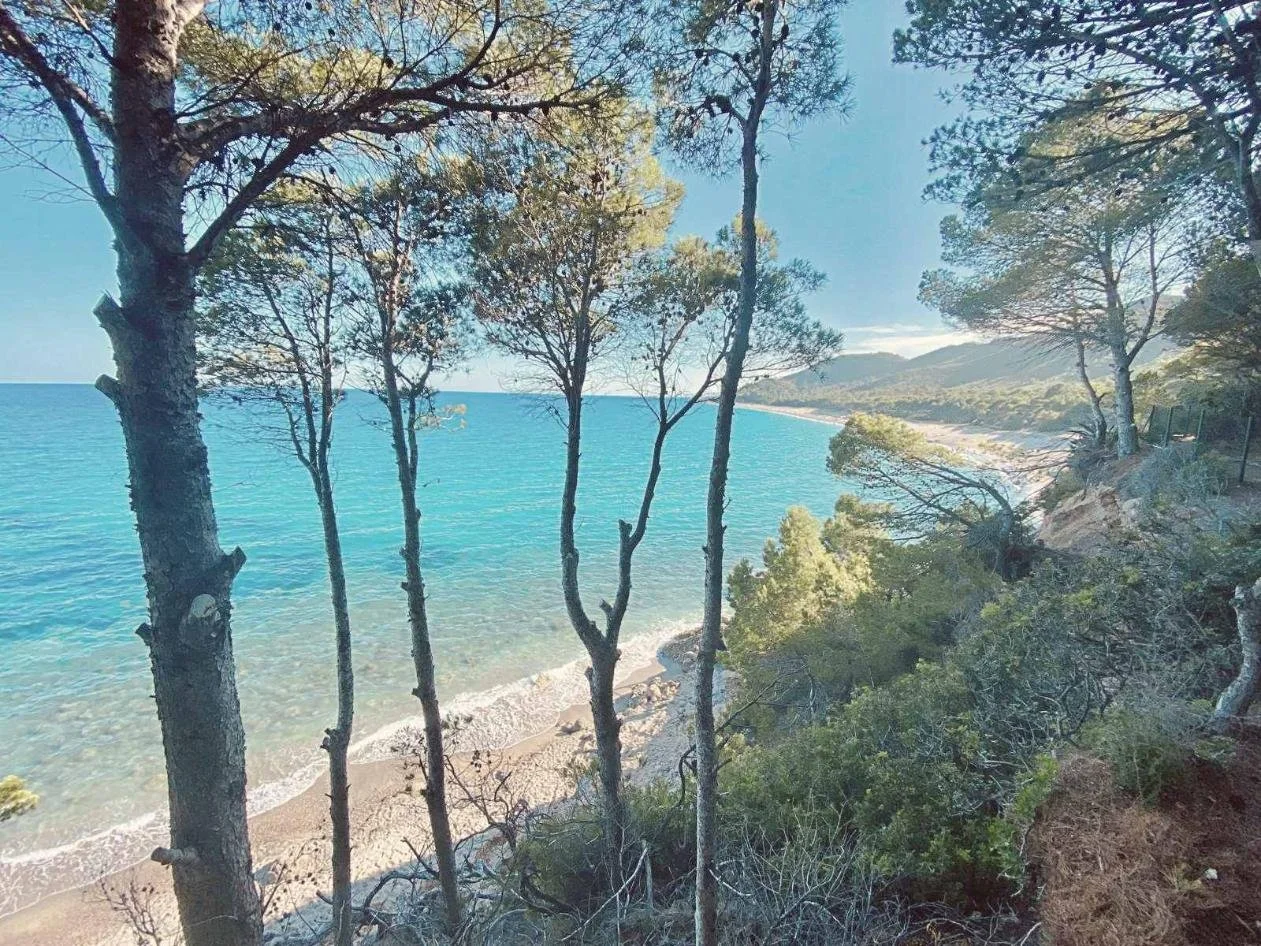Costa Dorada, Spain’s Hidden Gems: Beaches, Tuna Dives, and Nature Escapes
Quiet coves, wild coastlines, and zero crowds
Happy after our Tuna Tour!
Last update: November 19, 2025
Everyone’s heard of Barcelona. A lot of people have heard of Costa Brava. Some may have heard of Tarragona. But if you keep driving south — past the Roman ruins and beach resorts of Costa Dorada — something quieter and wilder starts to appear. Pine-covered cliffs, secret calas you’ll have to shimmy into, a coastline that smells like fennel and salt, and tuna — massive, impressive bluefin tuna.
Welcome to Southern Catalonia’s wild coast. Here's how we fell in love with it — and how you can too.
Plan your trip to Costa Dorada: things to do, car rentals and places to stay
🧳 Field Notes
When we went: Several time in different seasons.
Where we stayed: Along the Costa Daurada, in an apartment or a hotel near L’Ametlla de Mar, with easy access to both the sea and the Ebro Delta Natural Park.
How we got around: By rental car, following the coast from Tarragona to L’Ampolla, and detouring inland for hikes, tuna diving, and local markets.
Highlights: Swimming at Platja del Torn, walking around Ebro Delta, diving with tuna in L’Ametlla, tasting seafood fresh off the boat, and realizing that southern Catalonia hides some of Spain’s best beaches without the crowds.
Mistakes we made: Not bringing binoculars for birdwatching in the Delta — flamingos deserve better than a phone zoom.
Dive with bluefin tuna in L’Ametlla de Mar
We didn’t expect our most thrilling wildlife experience in Catalonia to involve a snorkel and several hundred kilos of fish muscle. But that’s exactly what diving with Balfegó tuna is.
Off the coast of L’Ametlla de Mar, you can literally jump into the deep blue and swim among dozens of giant bluefin tuna — some over two meters long. It’s not a shark dive, but the adrenaline rush is real and they do look like “sharky” at times! They're impressive, fast, and weirdly elegant.
Book it through Tuna Tour. You’ll head out by catamaran, learn about tuna fishing and sustainability, then slip into the water with a mask and fins. It's one of the few places in the world you can do this, and it’s accessible to most as long as you’re comfortable swimming in open waters.
Pro tip: Bring a GoPro. You’re going to want proof. And don’t eat a heavy breakfast — the swell can get to you. You can eat raw tuna after the dive (ethically sourced, of course). It’s full circle in the weirdest way — but let’s be honest, bluefin tuna don’t exactly have puppy or dolphin eyes.
Balfegó tuna
Balfegó tuna are wild-caught in the Atlantic and transported live to massive, offshore aquaculture pools where they swim freely and are fed a controlled diet. That said, farming wild-caught tuna in captivity raises ethical questions. But Balfegó maintains that their methods reduce overfishing pressure, allow for better stock management, and support sustainable practices through full traceability.
Check prices and availability for hotels and holiday rentals:
Explore the “calas” around Calafat
Just down the coast from L’Ametlla, Calafat is technically a residential marina — but what it really is, is “cala” central. Tiny beaches tucked into rocky cliffs, some sandy, some stony, turquoise water, all gorgeous. Some don’t have names, and that’s part of the charm. Try Cala Forn or Vidre, and find your own little corner of paradise!
You’ll often have a whole beach to yourself, especially early or late in the day. If you can find accommodation in the area, even better! In June, we got a great deal at Apartmentos Sol Naixent. The view was unbeatable!
What to bring: Plenty of water, snorkeling gear, and a microfiber towel if you’re hiking— it weighs nothing, dries fast, and works for everything from sandy swims to hostel showers.
👉 Try: Rainleaf Microfiber Towel
👉 Try: Cressi Adult Snorkeling Set — Comfortable fit, anti-fog lens, and from a trusted Italian brand used by pros and beginners alike.
Find a holiday rental or hotel in Calafat
Kayak, walk or bike through the Delta del Ebre
This is where the coast exhales. The Delta del Ebre is all big skies, shallow waters, migrating birds, and rice paddies that stretch to the horizon. It’s flat, slow, and completely different from the cliffs and coves up north.
You can rent a kayak and paddle along the river mouth, walk, or grab bikes and cruise past flamingos and fishing huts. It’s a peaceful reset, especially after the buzz of the beaches. Even in summer, it’s incredibly quiet!
Penguin Trampoline tip:
We always travel with HeyMondo Travel Insurance. Use our link for 5%–15% off — especially smart if you’re kayaking, snorkeling, or biking!
Birdwatchers, bring your binoculars. Foodies, try the mussels and oysters farmed right in the delta. Photographers? The sunset over the rice fields is unreal. We enjoyed a delicious blue crab paëlla at Lo Pati dels Flamencs — see below for more details!
Blue crabs… in Europe?
If you’re into crustacean drama, look out for the blue crab — an invasive species that’s taken over parts of the delta in recent years. Originally from the western Atlantic, it’s now a controversial new local. You’ll see it in fish markets and even on menus — crunchy and delicious when grilled or in a paella. While we shouldn’t get excited about an invasive species, we looove blue crab in American dishes, like in Cajun food!
If you take a walk on the beach in the morning, keep your eyes peeled for something even rarer: sea turtle tracks. The Delta del Ebre has quietly become a Mediterranean nesting ground, with a record number of loggerhead turtle nests recorded this year. If you want to help protect them, you can even track one through our partner Fahlo and their turtle bracelet — part accessory, part conservation effort.
👉 Get 20% off your Fahlo Sea Turtle Bracelet!
Find a place to stay in Delta del Ebre
Go nude at Platja del Torn
Yes, it’s a naturist beach. And yes, it’s one of the most stunning in all of Catalonia — naked or not. And the craziest part is: very few people know about it, even Catalans!
Platja del Torn sits below a pine-covered headland near Hospitalet de l’Infant, with zero civilization in sight or almost — this is extremely rare on the Catalan coastline! The sand is soft, the water is clear, and the whole beach has this chilled, liberating vibe. It’s clothing-optional, although you’ll see a sign forbidding swimwear...
There’s a naturist camping ground nearby if you want to lean into the whole experience. But even if you’re just here for a swim and a tan, it’s totally worth the detour.
We actually included Platja del Torn in our Top Beaches in Europe!
Platja del Torn is dreamy — if you don’t mind the nudes!
Stretch out in Miami Platja (just don’t expect Florida)
Miami Platja is Catalonia’s most confusingly named beach town. It’s not even remotely like Miami, and that’s a good thing. What you do get: pretty stretches of sand, affordable accommodations, a chill vibe, and easy access to coves, pine forests, and the mountains behind.
Welcome to Miami, bienvenido a Miami…
This is a great base if you want to explore the region slowly — without paying Costa Brava prices or battling crowds. You’ll find local bakeries, easy bike paths, and the occasional chiringuito with great grilled sardines.
The first Google Review
Near El Perelló, tucked next to a petrol station, there’s a tiny ceramic museum that — as far as we can tell — has absolutely nothing in it. That didn’t stop us from leaving the first Google Maps review. That’s kind of our thing: being the first to write superlative reviews for places that are objectively… not worth it. Although, Eli seems very excited about it!
Look for accommodation in Miami Platja
FAQ: Southern Catalonia/Costa Dorada
When is the best time to visit Southern Catalonia?
Late spring (May–June) and early autumn (September–October) are perfect — sunny, warm seas, and fewer crowds. July and August are hot but popular.
Is diving with tuna in Ametlla de Mar safe?
Yes — it’s professionally guided, suitable for confident swimmers, and one of the only places in Europe you can do it.
Are the beaches around Calafat and Platja del Torn family-friendly?
Most calas near Calafat are wild and quiet — ideal for families with sea-loving kids. Platja del Torn is nudist but chill and welcoming.
Interesting sign at Platja del Torn — Observe the symbols!
How do I get to the Delta del Ebre?
Rent a car and drive — it’s about 2 hours south of Barcelona. Once there, you can explore by bike, kayak, or on foot. Look for towns like Deltebre or Sant Carles de la Ràpita.
Where should I stay in the region?
L’Ametlla de Mar: Very quaint fishing village, for tuna diving and local vibes. In June, we got a great deal at Apartmentos Sol Naixent, in Calafat.
Miami Platja: For affordable sea views and beach access.
Delta del Ebre: For nature-focused stays — look for eco-lodges or agrotourism spots.
H
Here is a playlist to brush up your Catalan skills:
Southern Catalonia isn’t loud. It doesn’t show off. But it has everything: cliffs and calas, fish and forest, nudist beaches and rice paddies, without the crowds. Even some locals don’t know about it, let alone tourists! It’s where the coast takes a breath — and lets you do the same.
Skip the all-inclusives. Pack your snorkel, hiking shoes, and maybe a little courage for the mighty tuna. The wild coast is waiting.
Want to discover more awesome locations in Catalonia? Read our articles below:
🌋 5 Things to Do in La Garrotxa – The Unknown Catalonia
⛰️ 6 Things to Do in Espot – The Best of the Spanish Pyrenees
🐟 8 Hidden Beaches Near Barcelona You’ve (Probably) Never Heard Of
🌈 LGBTQ+ Sitges – Celebrate Pride in a Postcard Town
🏛️ Kyra’s Guide to Sitges Off the Beaten Track
🏝️ Off the Beaten Path: Formentera, Sardinia & Costa Brava

















